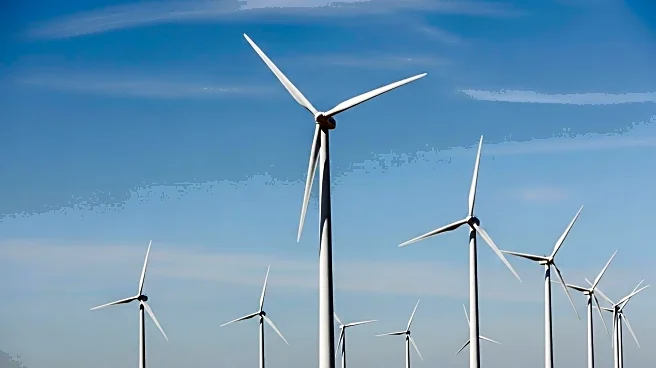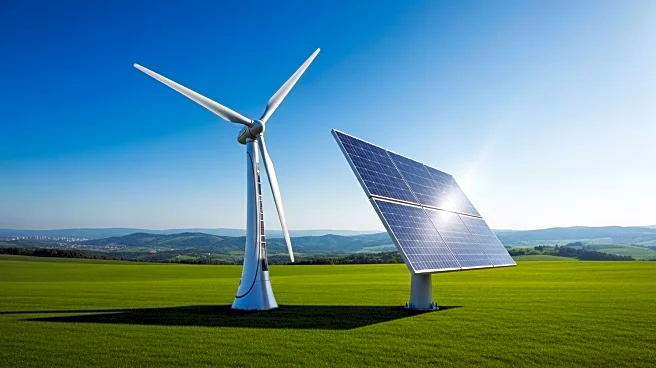What's Happening?
Altitude has announced a significant expansion of its Ascent 1 financing facility, increasing its capacity from 50,000 to 250,000 tonnes of carbon dioxide removal (CDR). This expansion reflects Altitude's confidence in the growth potential of the CDR market and the need for larger, long-term financing solutions. The Ascent 1 facility, launched earlier this year, was initially designed to provide structured financing for high-integrity carbon removal projects. The expanded facility aims to enhance demand, stabilize prices, and support the transition from mid-size to industrial-scale operations. The program will continue to focus on durable removals, utilizing methodologies from partners like Puro and other verification platforms. Altitude's expansion is intended to provide greater confidence to both suppliers and buyers in the carbon removal industry.
Why It's Important?
The expansion of the Ascent 1 facility is a significant development in the carbon removal industry, which is crucial for addressing climate change. By increasing the capacity for carbon removal, Altitude is helping to accelerate the transition to larger-scale operations, which is essential for meeting global carbon reduction targets. This move also strengthens financial stability within the sector, providing a more robust market for carbon removal projects. The increased capacity and focus on durable removals can lead to more sustainable and long-term solutions for carbon management. As the industry grows, it could attract more investment and innovation, further driving down costs and increasing the feasibility of large-scale carbon removal.
What's Next?
As Altitude deploys the expanded Ascent 1 program, the focus will be on ensuring rigorous measurement, permanence, and diversified portfolios. The company aims to contribute to producing over a million tonnes of carbon removal per year. This expansion could prompt other companies in the carbon removal sector to scale up their operations, potentially leading to increased competition and innovation. Stakeholders, including developers and investors, will likely monitor the program's success closely, as it could set a precedent for future financing models in the industry.
Beyond the Headlines
The expansion of the Ascent 1 facility highlights the growing importance of engineered biomass-based carbon removal solutions. As the industry scales up, there will be increased scrutiny on the methodologies and verification processes used to ensure the effectiveness and integrity of carbon removal projects. This development also underscores the need for global cooperation, particularly in supporting facilities in the Global South, where the impacts of climate change are often most severe. The success of such initiatives could influence policy decisions and encourage more countries to invest in carbon removal technologies.










